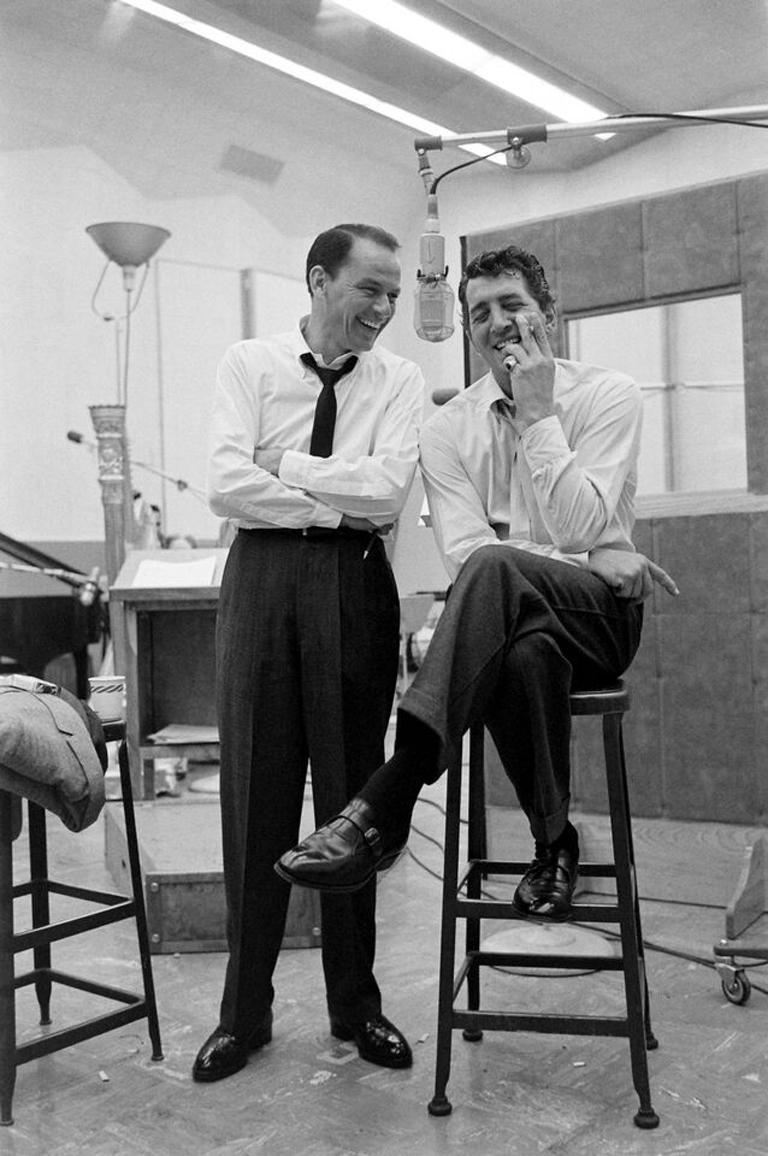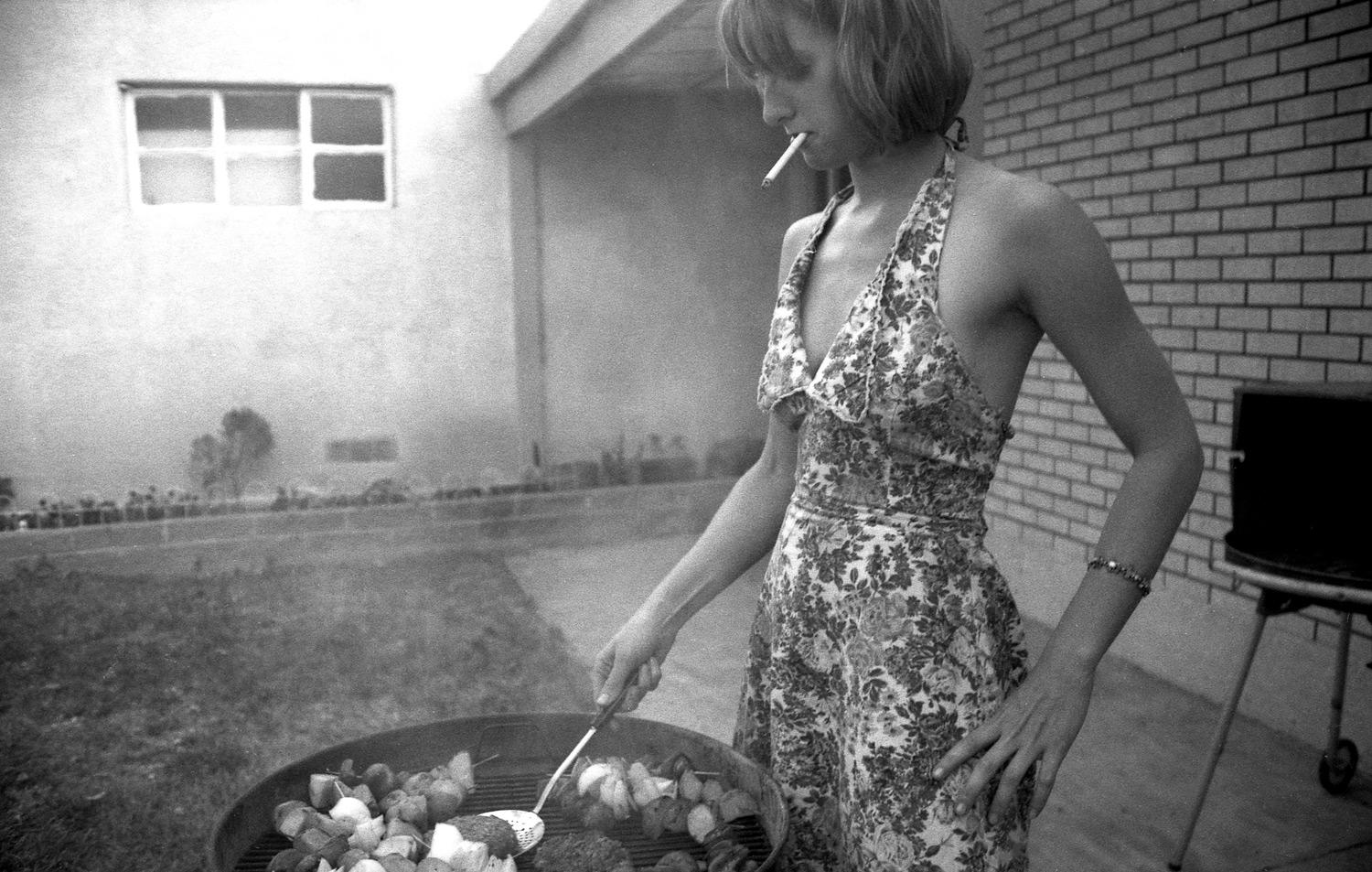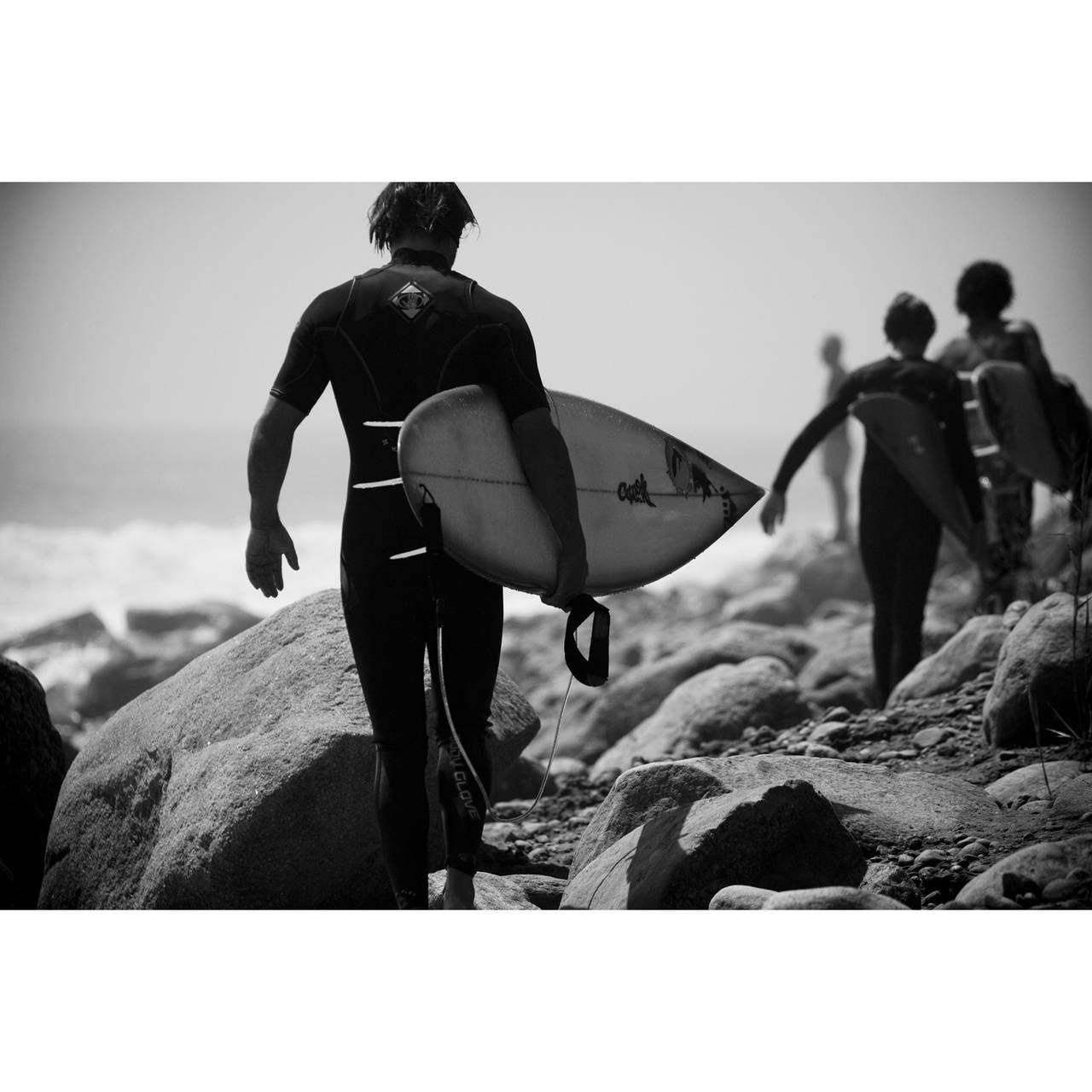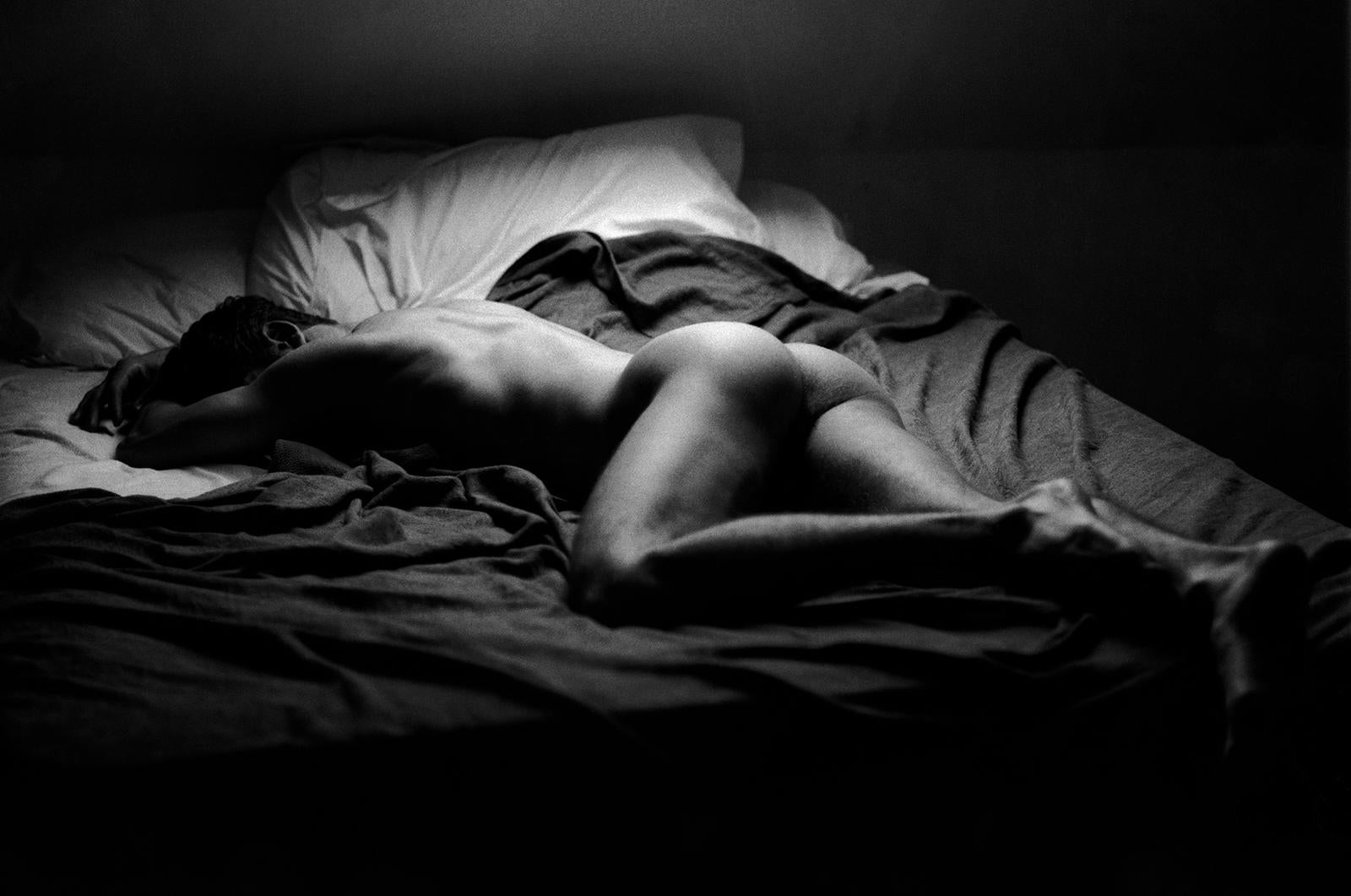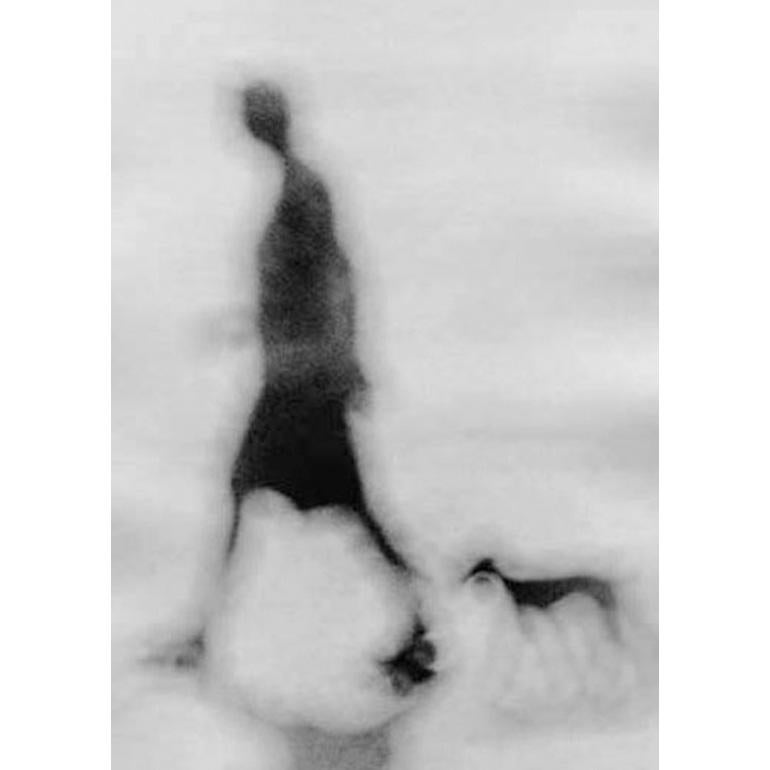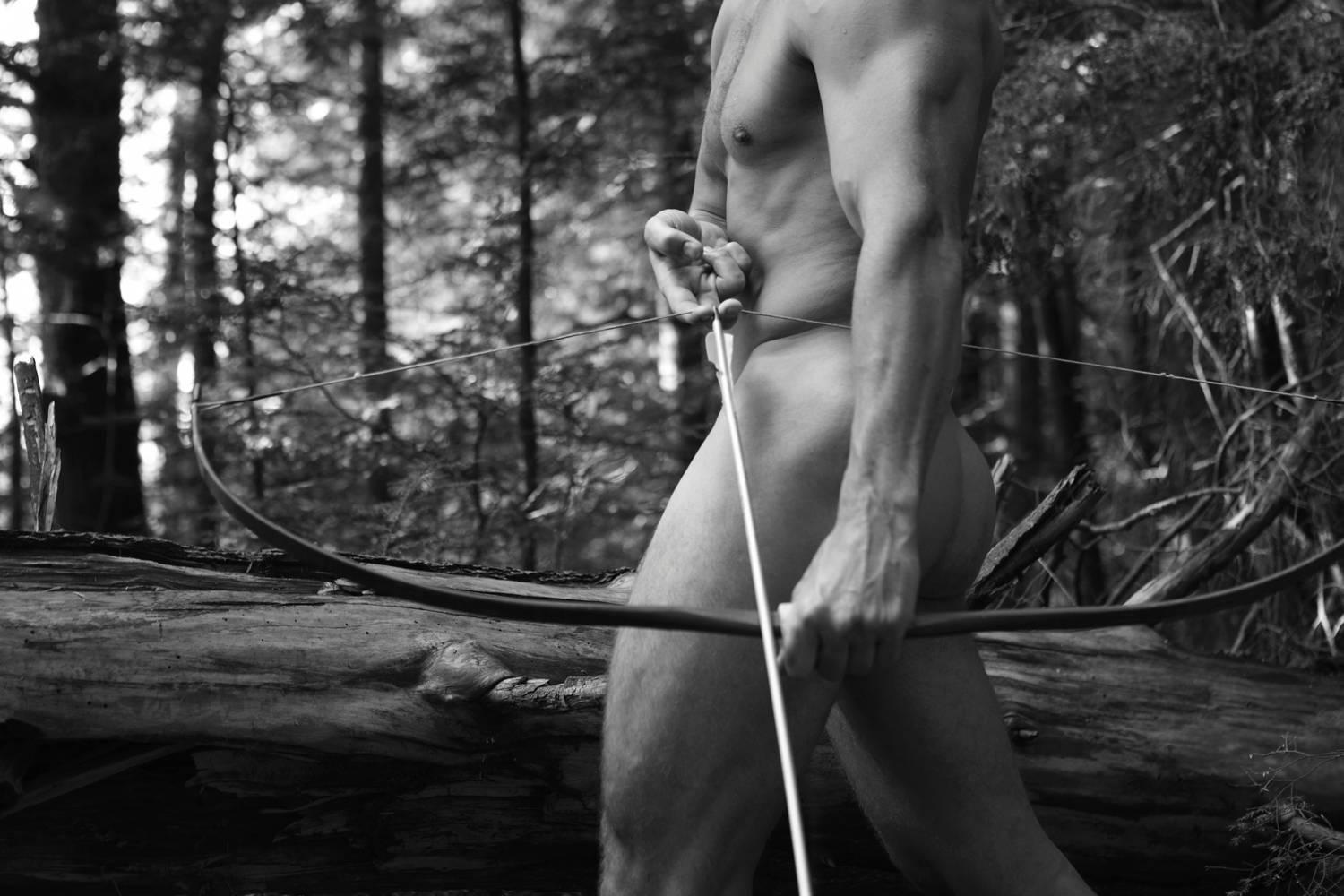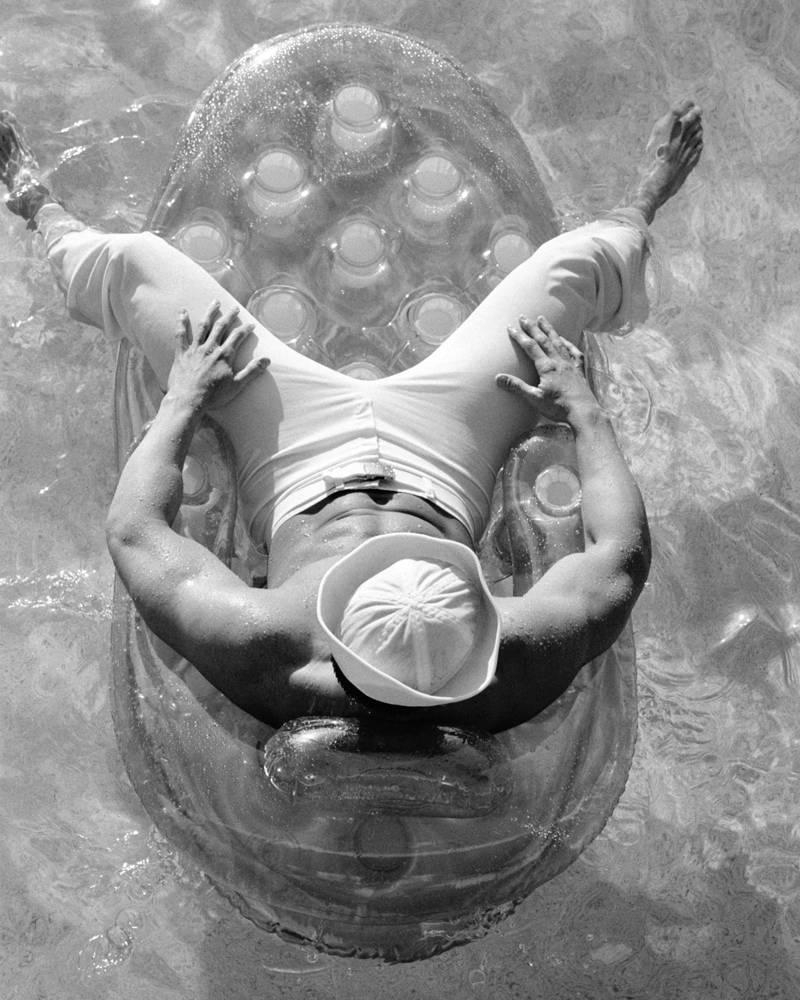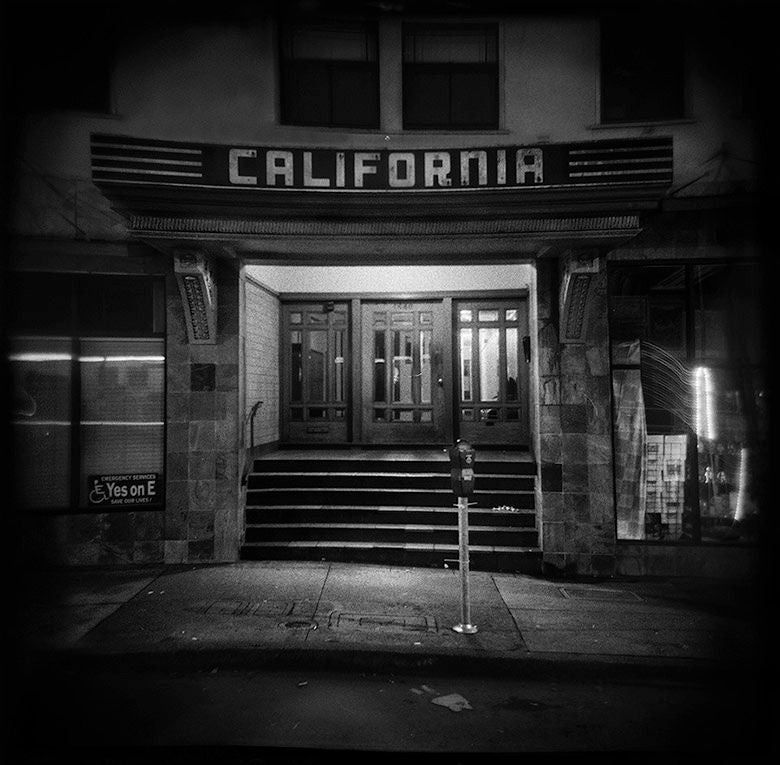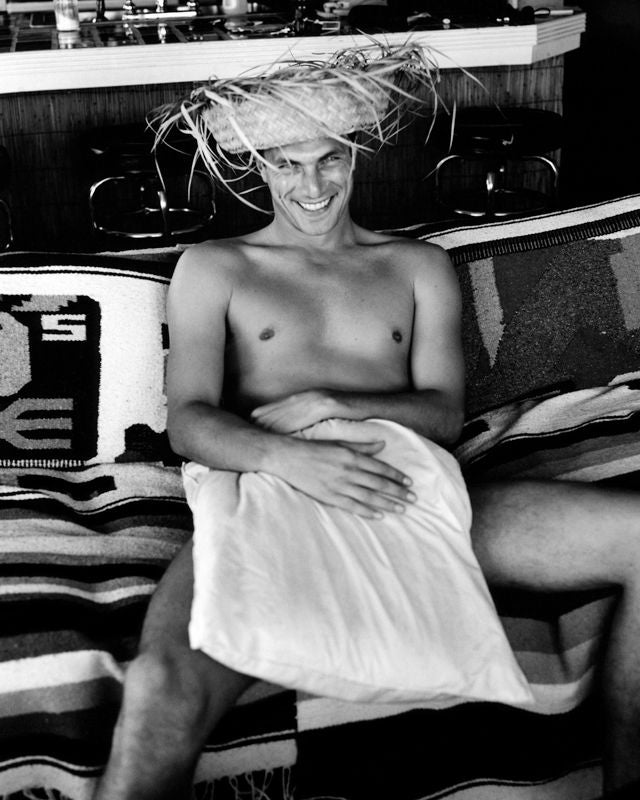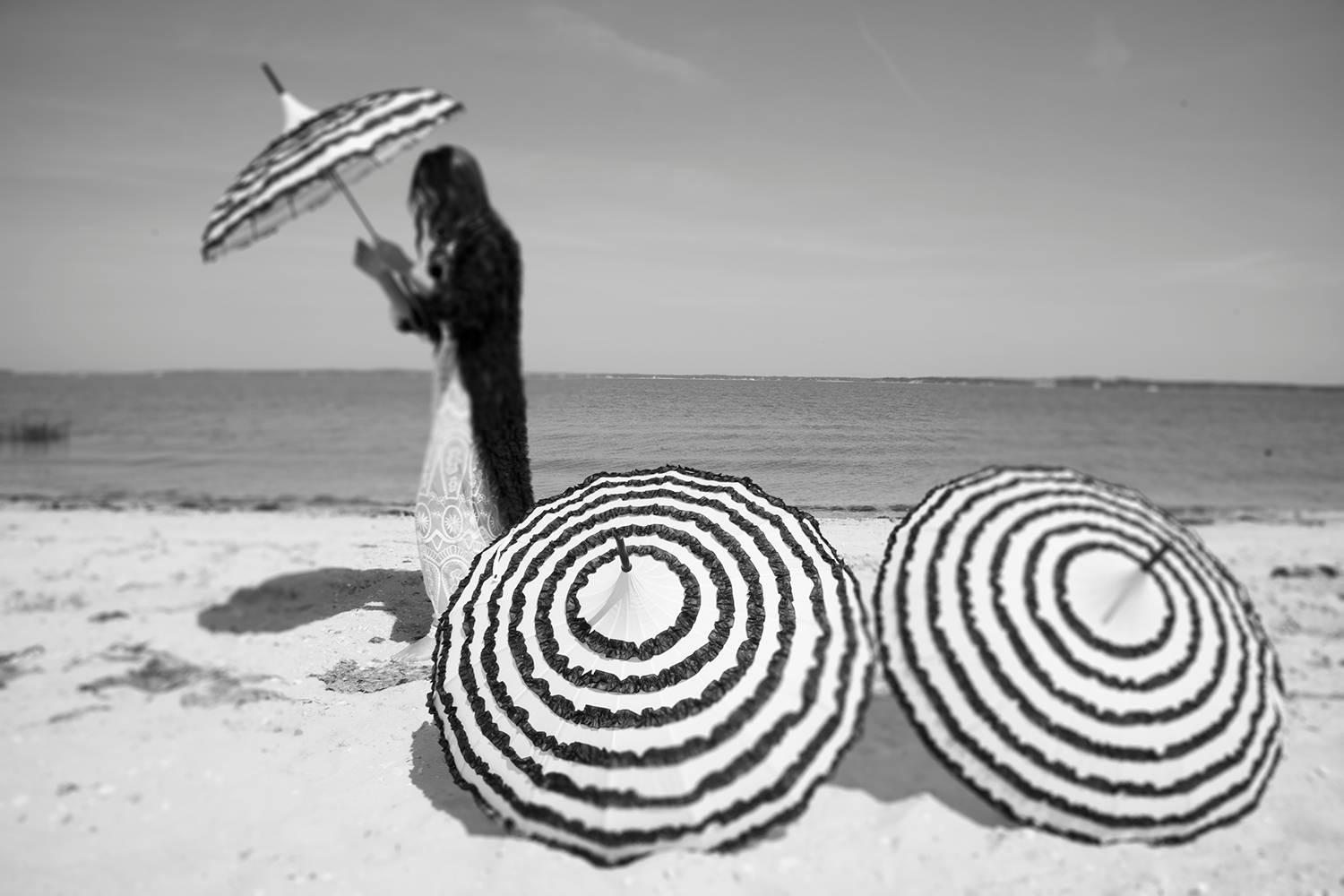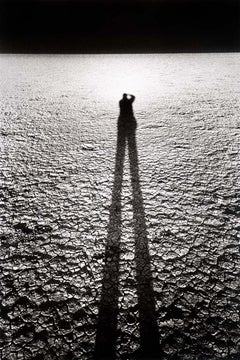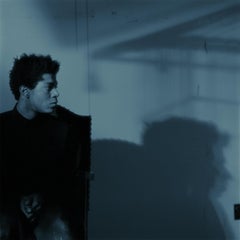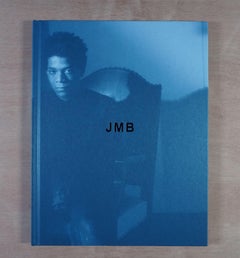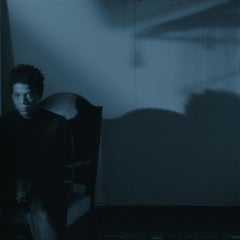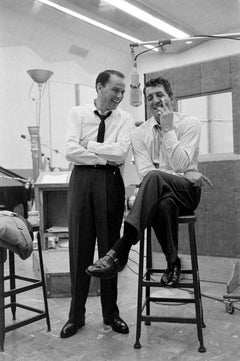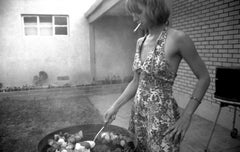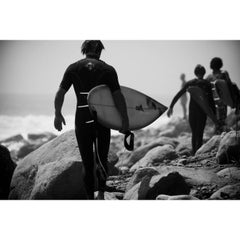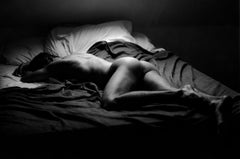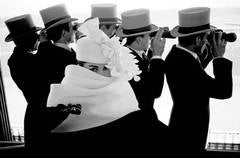
Givenchy Hat C, Paris
View Similar Items
Want more images or videos?
Request additional images or videos from the seller
1 of 7
Frank HorvatGivenchy Hat C, Paris1958
1958
$35,000List Price
About the Item
- Creator:Frank Horvat (1928, French, Italian)
- Creation Year:1958
- Dimensions:Height: 33 in (83.82 cm)Width: 48.63 in (123.53 cm)
- Medium:
- Period:
- Condition:
- Gallery Location:Santa Monica, CA
- Reference Number:1stDibs: LU14542862
About the Seller
5.0
Recognized Seller
These prestigious sellers are industry leaders and represent the highest echelon for item quality and design.
Established in 1994
1stDibs seller since 2010
93 sales on 1stDibs
Typical response time: 4 hours
Associations
Art Dealers Association of AmericaAssociation of International Photography Art Dealers
Authenticity Guarantee
In the unlikely event there’s an issue with an item’s authenticity, contact us within 1 year for a full refund. DetailsMoney-Back Guarantee
If your item is not as described, is damaged in transit, or does not arrive, contact us within 7 days for a full refund. Details24-Hour Cancellation
You have a 24-hour grace period in which to reconsider your purchase, with no questions asked.Vetted Professional Sellers
Our world-class sellers must adhere to strict standards for service and quality, maintaining the integrity of our listings.Price-Match Guarantee
If you find that a seller listed the same item for a lower price elsewhere, we’ll match it.Trusted Global Delivery
Our best-in-class carrier network provides specialized shipping options worldwide, including custom delivery.More From This Seller
View AllSelf Portrait, Laguna Solada
Located in Santa Monica, CA
Self Portrait, Laguna Solada, 2005
Signed and titled in pencil on verso
Archival Pigment Print
Image 12 x 18 , Paper 13 x 19, Matted 20 x 24
Category
Early 2000s Black and White Photography
Materials
Archival Pigment
Price Upon Request
Jean-Michel Basquiat, Cyan #3, 1984
By Jeannette Montgomery Barron
Located in Santa Monica, CA
Signed in pencil on verso
Archival pigment print on Hahnemühle Bright White Paper
Paper: 23" x 23"; Image: 20" x 20"
Edition 1 of 25
Category
1980s Black and White Photography
Materials
Archival Pigment
Price Upon Request
JMB Strictly Limited Edition, 2023
By Jeannette Montgomery Barron
Located in Santa Monica, CA
Special Limited Edition book with an 8x10 Archival pigment print on Hahnemühle Bright White 308gsm
Edition of 100
Signed and numbered in pencil on recto
Category
2010s Black and White Photography
Materials
Archival Pigment
Price Upon Request
Jean-Michel Basquiat, Cyan #1, 1984
By Jeannette Montgomery Barron
Located in Santa Monica, CA
Signed in pencil on verso
Archival pigment print on Hahnemühle Bright White Paper
Paper: 23" x 23"; Image: 20" x 20"
Edition 1 of 25
Category
1980s Black and White Photography
Materials
Archival Pigment
Price Upon Request
Clustered Trees, Pre-Dawn, Oregon, 2016
By Jeffrey Conley
Located in Santa Monica, CA
Signed and numbered in pencil on recto
Archival pigments on Japanese Kozo paper
14 x 18" on 16 x 20" mount
Edition of 10
Category
21st Century and Contemporary Black and White Photography
Materials
Archival Pigment
Price Upon Request
Jean-Michel Basquiat, Cyan #2, 1984
By Jeannette Montgomery Barron
Located in Santa Monica, CA
Signed in pencil on verso
Archival pigment print on Hahnemühle Bright White Paper
Paper: 23" x 23"; Image: 20" x 20"
Edition 1 of 25
Category
1980s Black and White Photography
Materials
Archival Pigment
Price Upon Request
You May Also Like
Frank Sinatra and Dean Martin - Best of Friends
By Allan Grant
Located in Chicago, IL
Frank and Dean recording. October, 1958. Sleep Warm album recorded by Dean Martin for Capitol Records in three sessions between October 13-15, 1958 with arrangements by Pete King and...
Category
21st Century and Contemporary Contemporary Black and White Photography
Materials
Archival Ink, Rag Paper, Archival Pigment
Sarah's BBQ, Fourth of July, Albuquerque, NM, 1995
By Melissa Incampo
Located in Hudson, NY
This listing is for the unframed photograph.
Each year, Robin Rice celebrates a Salon style exhibition to showcase her gallery artists and invite new ones.
With Robin’s extensive ...
Category
1990s Contemporary Black and White Photography
Materials
Archival Pigment
Back on Land, Hamptons, NY, 2009
By Benjamin Heller
Located in Hudson, NY
Listing is for UNFRAMED print. Inquire within for framing.
Edition of 12.
Shipping time depends on method of shipping.
ABOUT:
This photograph is currently on exhibition at Robin Rice Gallery's Summertime Salon 2018. It depicts surfers leaving the Hamptons beach after a day of fun.
Beach, Black and...
Category
Early 2000s Black and White Photography
Materials
Archival Pigment
Craig - Signed limited edition art print, Black white, Nude man, Contemporary
By Ian Sanderson
Located in Sant Cugat del Vallès, Barcelona
Craig - Signed limited edition archival pigment print, 1998 - Edition of 5
Naked man lying in bed from behind, revealing his ass in a sensual pose.
This image was captured on fil...
Category
1990s Contemporary Black and White Photography
Materials
Photographic Film, Archival Paper, Black and White, Giclée, Pigment, Arc...
Sherlock #1
By Kevin Horan
Located in Denton, TX
Edition of 8
Signed, titled, dated, numbered and copyright.
Kevin Horan is a photographer based in Langley, Washington, USA. He is working on projects which look at animals as peopl...
Category
21st Century and Contemporary Contemporary Portrait Photography
Materials
Archival Pigment
Girl with Dog, Boneco de Pau, Brazil, 1995
By Barnaby Hall
Located in Hudson, NY
ABOUT
After 30 years of only exhibiting fine art photography, the Robin Rice Gallery is pleased to present a group exhibition featuring a selection of her gallery photographers and t...
Category
2010s Contemporary Black and White Photography
Materials
Archival Pigment
